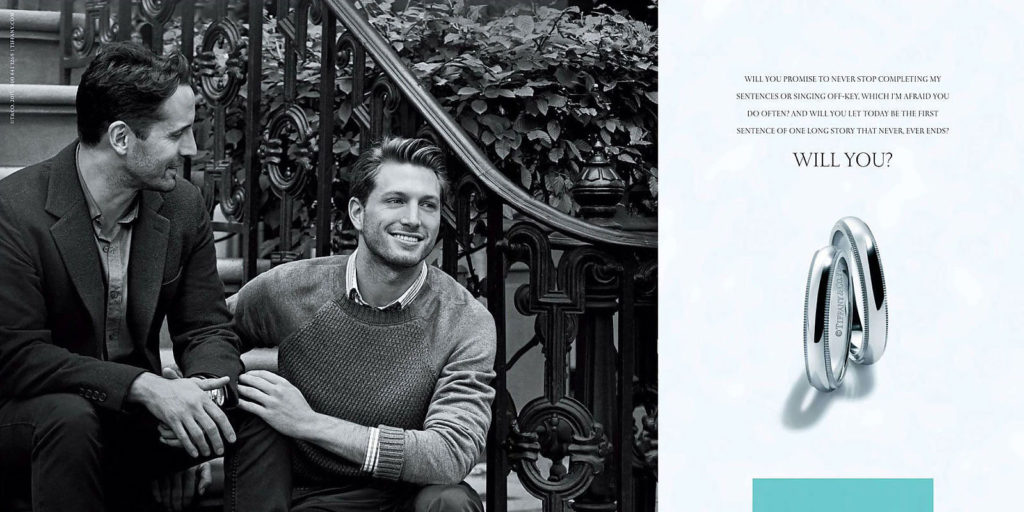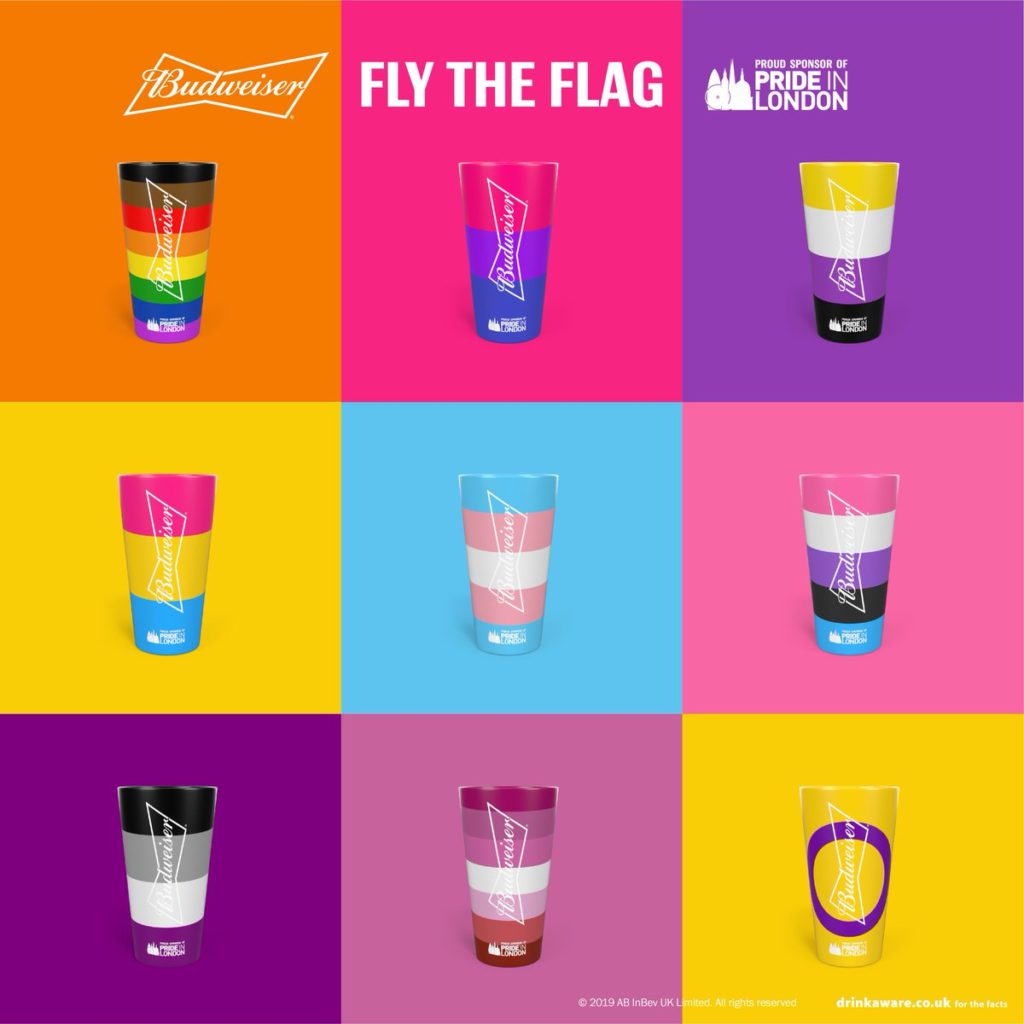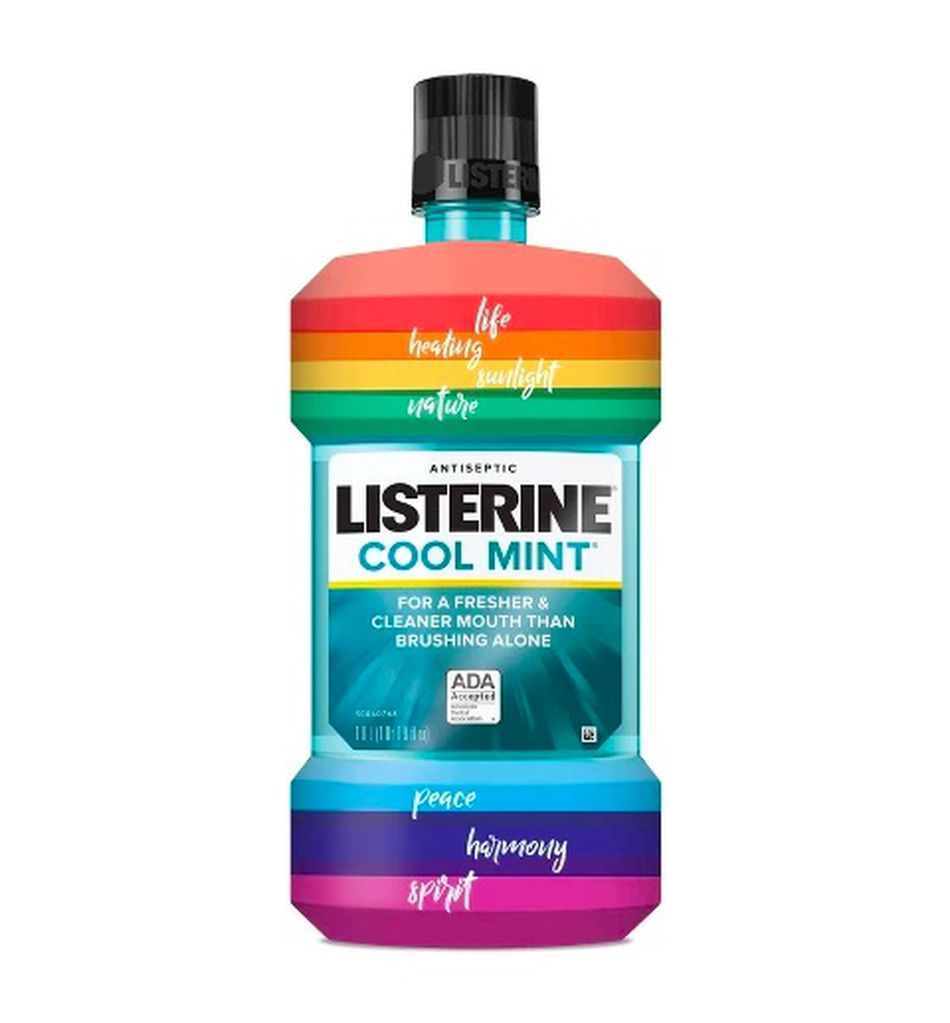With June underway, Pride month is in full swing. While we have seen considerably fewer companies release Pride-themed products this year, that is not to say they are not still to come. Over the past several years, during Pride month consumers have seen a dramatic increase in the number of brands recognizing and celebrating LGBTQ+ Pride.
Of these brands, many have missed the mark and in turn, done more harm than good to their brand reputation and sales. Over time, the term “rainbow washing” has emerged, and is essentially the idea that people, governments, and businesses who don’t do any work to support LGBTQ+ communities at any other time during the year put a rainbow on top of something in the month of June and call it allyship.
In commemoration of Pride Month, we are taking a look at the best and worst of Pride month campaigns from previous years:
The Best
1. Nike – BETRUE (2017 – Present)

While the first BETRUE collection didn’t get released until 2017, Nike’s BETRUE initiative started internally in 2012 with a group of passionate employees. Their mission was “to innovate for all athletes* and provide equal access to sport. These employees developed a plan to bring BETRUE to more people. Since its establishment, the BETRUE collection has turned into an annually released collection, with a portion of revenue going to similar causes. In total, Nike has donated over $2.5 million to a variety of LGBTQ+ causes, thanks to this company initiative.
2. Tiffany & Co. (2015 – Present)

Using a much more subtle approach, the iconic jewelry brand first began recognizing Pride month with this print advertisement featuring a same-sex couple sitting on New York City steps. While some critics argue that the ad was too subtle, LGBTQ+ advocates praised the jewellers for using messaging that could resonate with all engaged couples as opposed to the cliche “Love is Love”.
3. Google – Kiss Detection (2019)
Google was praised for its commercial promoting their new phone, the Google Pixel, featuring same-sex couples. The phone itself came with a unique feature known as “Kiss Detection” giving the company an excellent opportunity to make a statement on equality.
The Worst
1. Budweiser UK – Pride London Sponsor (2019)

Budweiser received a lot of criticism for being inauthentic to their brand voice when they announced themselves as a sponsor of London Pride. To commemorate the sponsorship, they released this promotional poster featuring various gender and sexual identity flags. Consumers were quick to question what the typically hyper-masculine beverage company’s motives were behind supporting the LGBTQ+ community.
2. Listerine – Rainbow Flag Bottle (2019)

This particular product left a bad taste in consumer’s mouths for being an unnecessary capitalization on LTBGQ+. Granted, this is not specifically a case of rainbow washing, as Listerine’s parent company Proctor and Gamble has been operating their Care with Pride initiative since 2011, amassing a total of over $1 million in support to the LGTBQ+ community. This includes some of the proceeds from the sale of this failed promotion.
3. Skittles – One Rainbow (2017, 2019 & 2020)

This 2017 campaign created quite a bit of controversy with some consumers loving the idea and some who believe it was a double whammy. Social media users, particularly people of colour were quick to point out the confection brand’s decision to equate the colour white with equality. However, regardless of these polarizing reactions, Skittles ran the campaign again in 2019 and 2020, this time using grey packaging, with much better results.

Our Advice
If your company is thinking about running any kind of Pride campaign this year, here are adHOME’s four tips to keep in mind when developing your strategy to help avoid coming across as rainbow washing,
- Be authentic to your brand voice
- Be genuine
- Be consistent and confident
- Be inclusive
Overall, the success of a Pride campaign largely depends on the brand that is running it and their record of commitment to the cause. It is important to take an internal look at your brand and ensure any Pride campaign you plan to run aligns with your company’s values before going forward. The last thing you want to do is come off as rainbow washing or as trying to profit from the marginalization of the LGBTQ+ community. Strategize your communications to come from a place of genuine kindness and with intentions to educate yourself and your target audience about LGBTQ+ issues.
The representation and celebration of the LGBTQ+ community should not stop at the end of Pride month either. The most successful Pride campaigns come from companies that put the effort in throughout the rest of the year. It’s wise to make inclusivity and diversity goals for your brand’s campaigns, regardless of the month.